(NEXSTAR) — Baseball: It’s America’s favorite pastime (though some argue it’s no longer “America’s sport”). The game itself has seen countless changes since it first began in the 1800s, especially when it comes to the rules. Take, for example, the pitch clock and the larger bases Major League Baseball has introduced in recent years.
There are some rules, however, that seem to be frequently overlooked and broken in every game. None may be more true to that than Rule 4.06.
Players break this rule nearly every game. They break it with each other, they break it with fans. As a spectator, you may even have contributed to the violation of Rule 4.06.
Here’s a look at Baltimore Orioles infielder and MLB’s top prospect Jackson Holliday violating the rule at one of his first games in The Show.
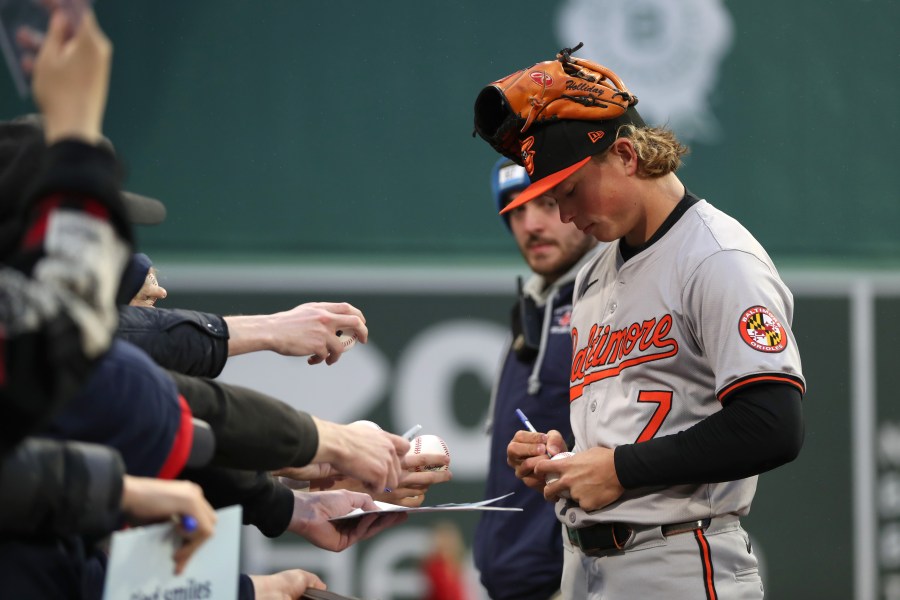
You can’t chalk it up as a rookie mistake either, because here are two of the sport’s veterans, Los Angeles Angels’ Mike Trout and New York Yankees’ Aaron Judge, doing the same thing.

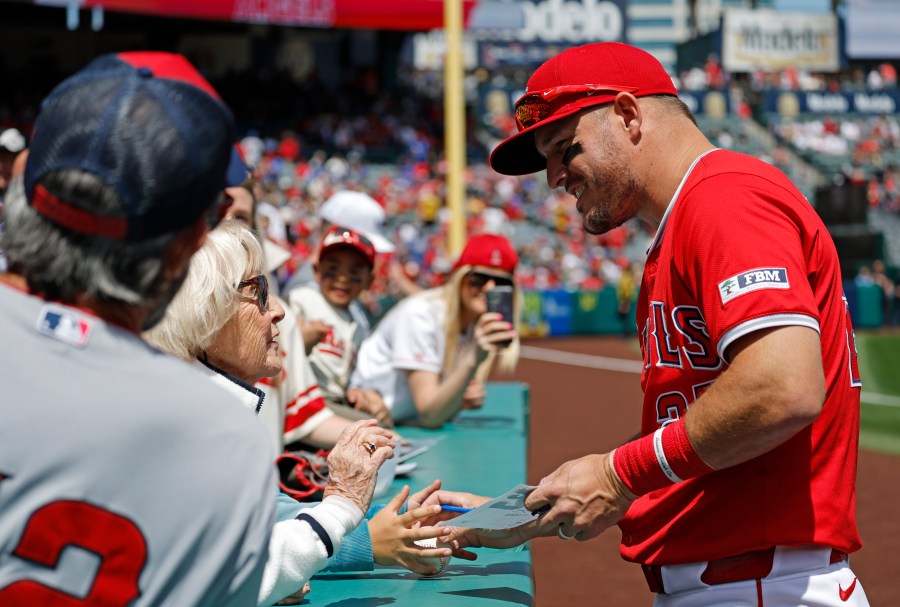
Philadelphia Philly Brandon Marsh and Cincinnati Red Elly De La Cruz are seconds away from breaching Rule 4.06 in these photos.
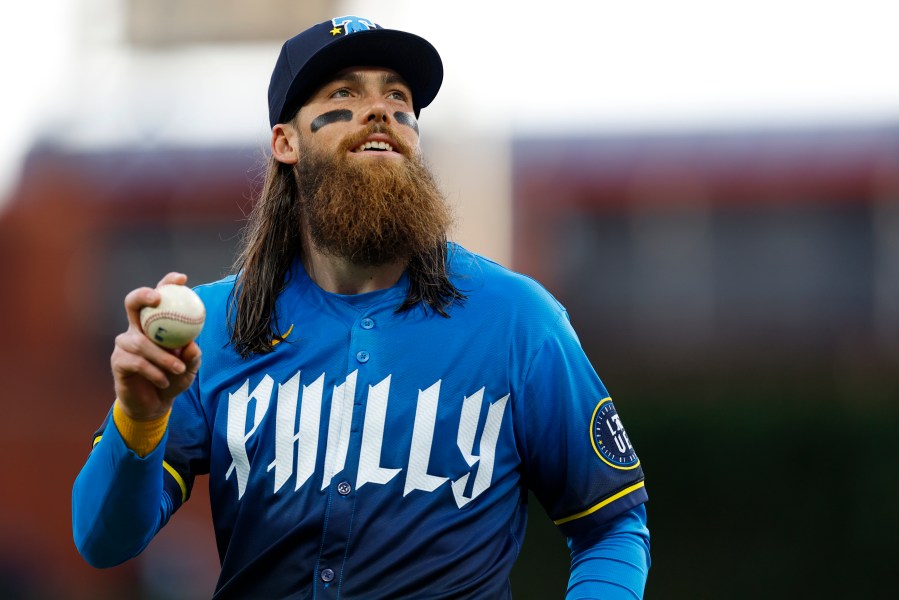
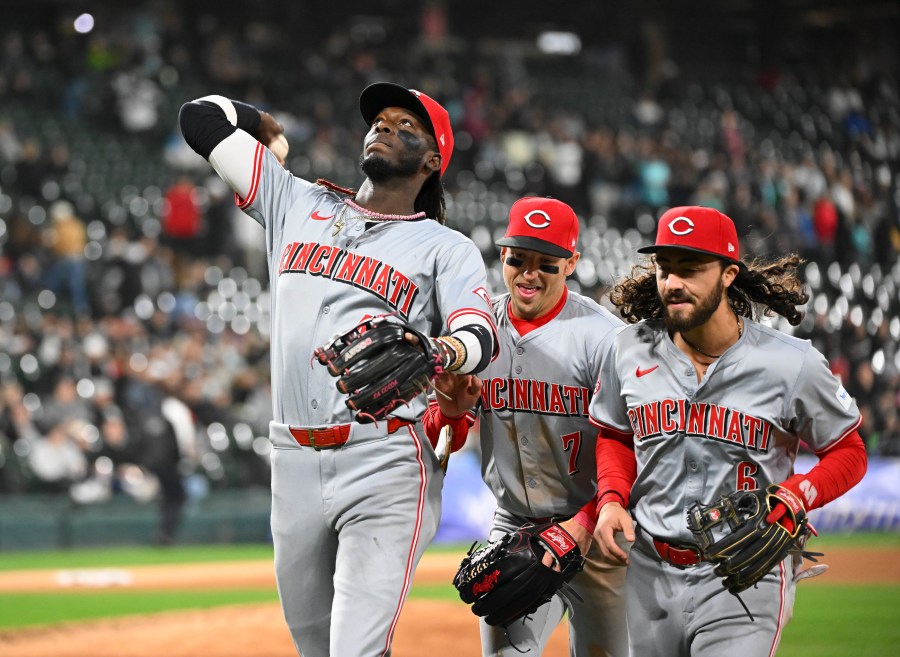
While it seems friendly, Christopher Morel of the Chicago Cubs and Eugenio Suarez of the Arizona Diamondbacks are still committing a rule infraction in the image below.
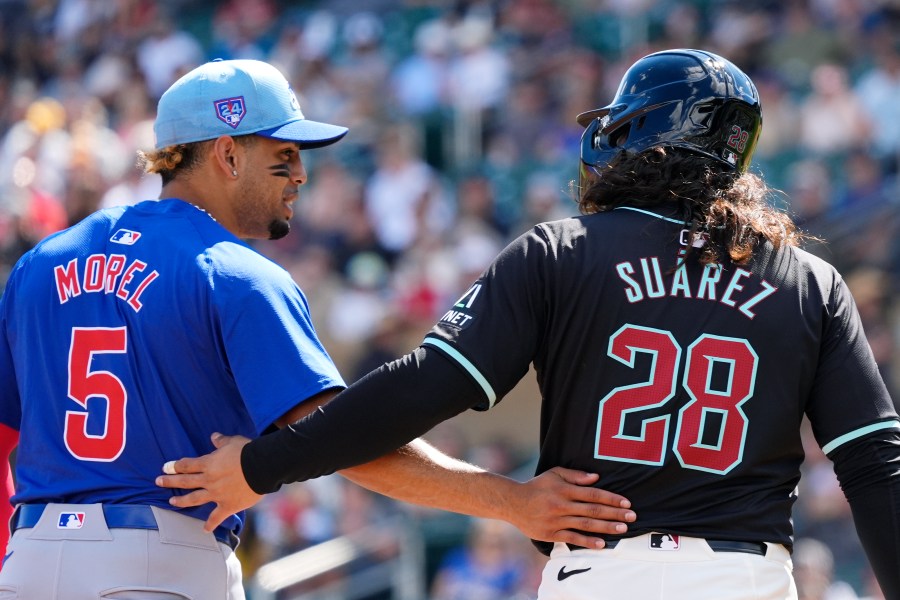
Even though they’re brothers, William Contreras of the Milwaukee Brewers and Willson Contreras of the St. Louis Cardinals are — you guessed it — breaking the rule here.

Jurickson Profar and his fellow Colorado Rockies players are most definitely disobeying Rule 4.06 during this interaction with Mookie Betts and his Los Angeles Dodgers teammates.
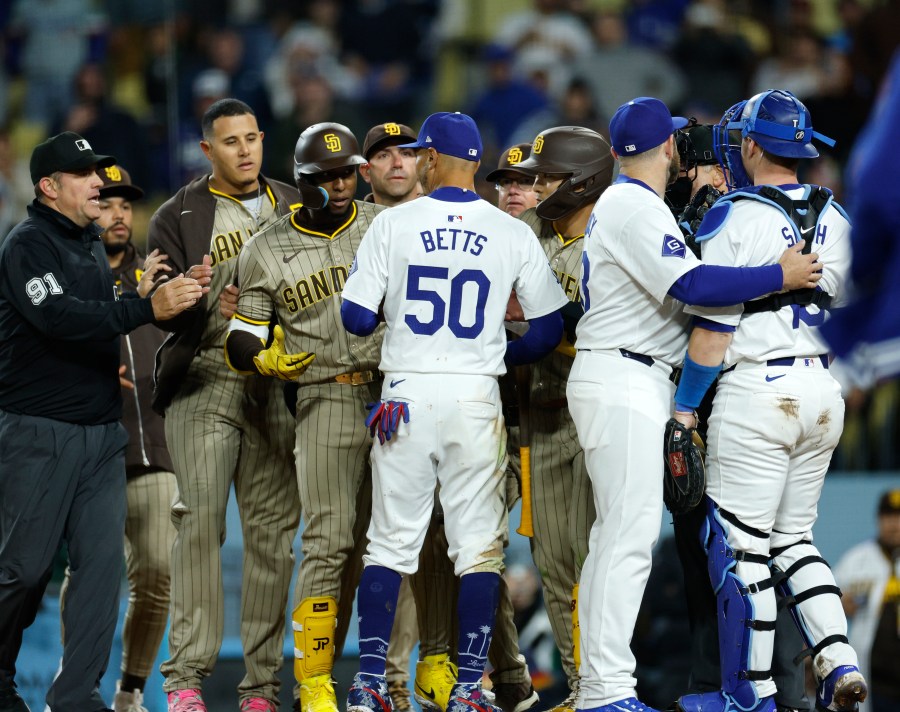
You could even argue that while Jason Kelce and Fletcher Cox are recently retired NFL players, Phillies players Bryce Harper and Kyle Schwarber are rule-breakers in this photo.
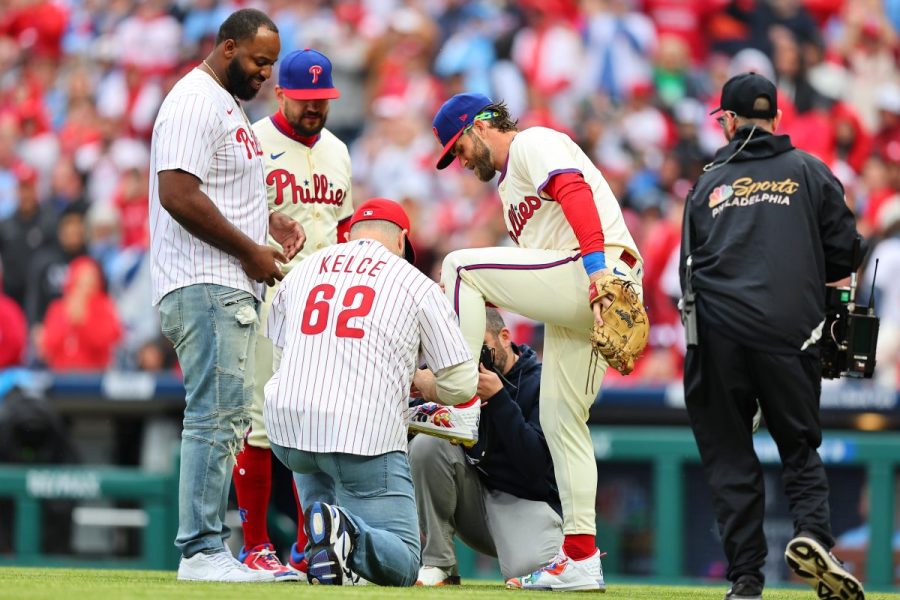
So what’s the rule, and why is nobody being punished for their actions?
According to the MLB rulebook, Rule 4.06 is about fraternization. It reads: “Players in uniform shall not address or mingle with spectators, nor sit in the stands before, during, or after a game. No manager, coach or player shall address any spectator before or during a game. Players of opposing teams shall not fraternize at any time while in uniform.”
Technically speaking, all of the players above are in violation, regardless of whether they’re signing autographs, tossing a ball in the stands, greeting their brother, or having their shoes signed.
According to the Wall Street Journal, the official rule was intended to “contain the threat of corruption and collusion” in the MLB, a sport once marred by gambling. (Remember the “Black Sox Scandal” of the 1919 World Series, or Pete Rose’s lifetime ban handed down in 1989, or the current case against Shohei Ohtani’s former interpreter?)
But the sport has largely changed since then, and many of the players on the field are friends, either having played together before or becoming close while on the job.
The MLB wasn’t always so lax when it came to fraternizing, though. Soon after being named chief baseball officer for the league in 2011, Joe Torre — once a player and manager himself — called on teams to start being more consistent about the rule (then known as Rule 3.09).
Unsurprisingly, the teams didn’t follow the rule, and there were soon rumors that the league would drop it altogether. In 2013, when rumors were swirling that fraternization could be officially allowed again, many called it a good idea.
“There is nothing wrong with showing fans that it’s OK to like and respect their competitors,” baseball writer Craig Calcaterra wrote in a post for NBC Sports at the time. “That these are human beings, not gladiators, and they can and should be allowed to express friendly feelings toward one another because, in reality, most of them are friendly with one another.”
The rule was never dropped, and we’ve hardly seen it enforced. The exception is the 2020 season, when the MLB rolled out strict guidelines to combat the spread of COVID and player interactions were less common. But now, with those guidelines lifted, we see more sights like those pictured above. Fans are still calling for the rule to end, too (even though it isn’t enforced).
While there can be player interactions that are less desirable on the field, like a bench-clearing moment, or the Rockies and the Dodgers clashing in the photo above, there are countless encounters that could fall under the “fraternization rule” that are positive for the sport.
That could include getting autographs from your favorite player before the game, old teammates reuniting, or various touching moments from the sport — like Ohtani, now with the Los Angeles Dodgers, reuniting with his former teammate Trout.
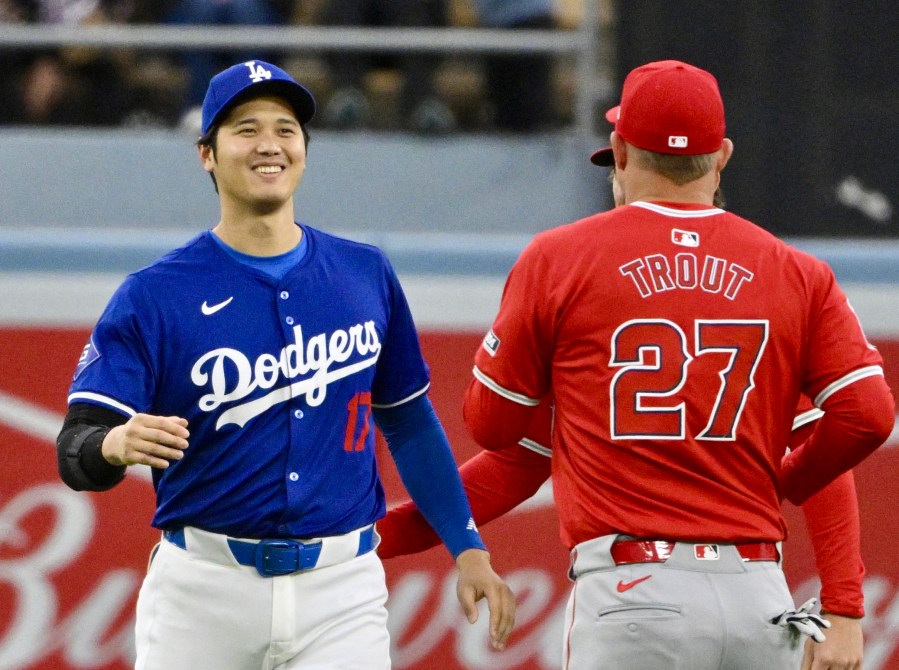
For what it’s worth, the MLB doesn’t seem too concerned about the rule. It often posts “violations” of Rule 4.06 on its official Instagram, like Chourio and San Diego Padres’ Jackson Merrill posing for a photo before a game and Kansas City Royals’ Bobby Witt Jr. meeting a young fan.
The rule will likely stay in the MLB rule book, but it’s unlikely that Holliday, Judge, Ohtani or any other player will be ejected or suspended for a casual hug, a high-five, or a pre-game fan interaction.
Copyright 2024 Nexstar Media Inc. All rights reserved. This material may not be published, broadcast, rewritten, or redistributed.














